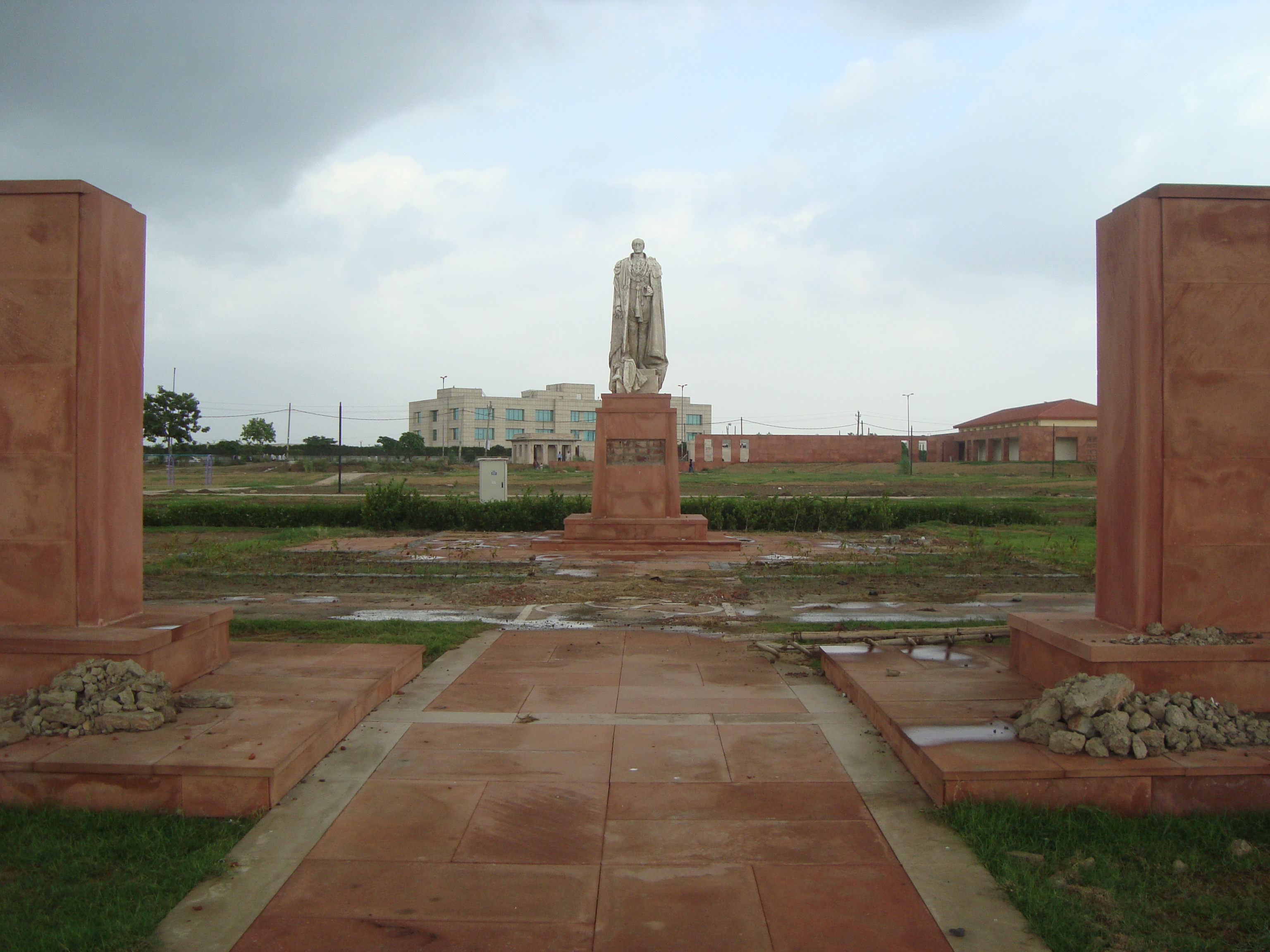With revamping of the Coronation Park in Delhi, one can get a glimpse about British era in India
The presence of beautifully planned North and South Block, majestic India Gate and hundreds of aesthetically designed bungalows in Lutyen’s Delhi give a great deal of insight into the life of British period. An interesting yet lesser known place in this category is the Coronation Park near North Campus of the University of Delhi. It was witness to some of the momentous historical events that had repercussions in Delhi and also across India.
Located on Bhai Parmanand Marg in North Delhi, not far from the North Campus of Delhi University, Coronation Park was the venue of Delhi Durbar of 1877 when Queen Victoria was proclaimed the Empress of India and was later used to celebrate the accession of Edward VII in 1903. On 11 December, 1911, the Delhi Durbar took place commemorating the coronation of King George V as the Emperor of India after his coronation in the United Kingdom in June 1911. On this occasion the King announced the transfer of the capital of British India from Calcutta to Delhi. Interestingly, the park has the largest and tallest statue of King George V on a pedestal, which was earlier, located on the Chhatri at India Gate and was shifted here somewhere in mid 1960s. Probably there is no other place in the city where we find life size statues of British royal family.
For a very long time Coronation Park remained in an unattended condition to the extent that its unkempt surroundings belie its historical importance to first time visitors. Even Commonwealth Games failed to transform the prevailing scenario in the park. This is despite the fact that DDA included conservation of the Coronation Park in its Draft Zonal Development Plan for Civil Lines zone and also signed a contract with the Indian National Trust for Art and Cultural Heritage (INTACH) for a holistic restoration project a couple of years back but nothing changed on the ground. Even MCD’s ambitious plan to develop a heritage corridor starting from Coronation Park in North Delhi to Qutub Minar in South Delhi that would include prominent heritage sites such as Ferozeshah Kotla, Khooni Darwaza and Delhi Gate failed to make any headway.
After years of civic apathy now it seems the park is all set to get a major face lift. If everything goes fine the Coronation Park would regain its lost glory by the end of this year. Though late but restoration work in the park has started. The sprawling park will be properly landscaped and information boards throwing light on the historical importance of the park will be put up. It would also include setting up of an interpretation centre, restaurant and relocation of statues in a systematic manner along with overall landscaping of the park. The revamping of Coronation Park would undoubtedly make it popular among tourists as well as the residents of Delhi.

